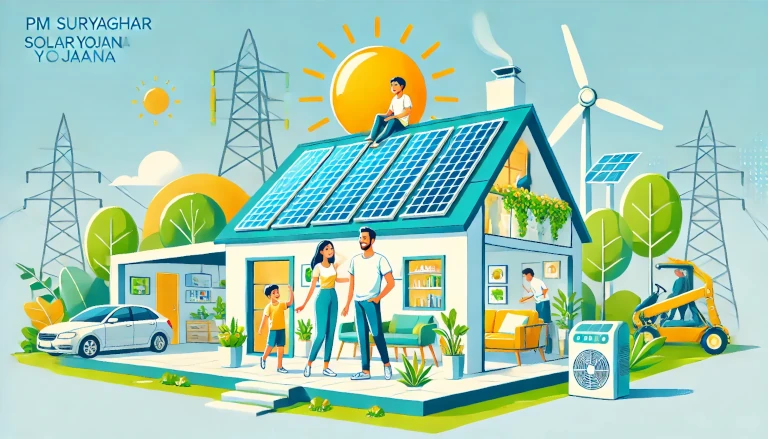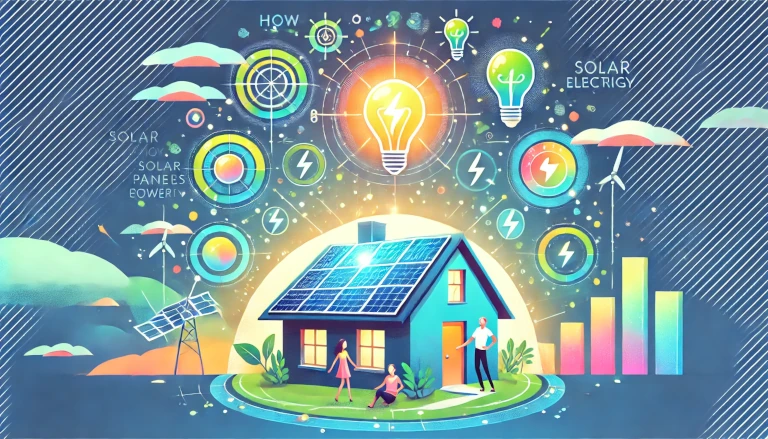As solar energy continues to grow in popularity, many homeowners are looking for ways to incorporate solar-powered appliances into their daily lives. These appliances harness the sun’s energy, making them an eco-friendly and cost-effective option for households. In this post, we will explore various solar appliances available for homes, explain how they work, and provide practical examples of their benefits. Whether you’re looking to save on energy bills or reduce your carbon footprint, these appliances can be a game changer.
1. Solar Water Heaters
Solar water heaters are one of the most common solar appliances for homes. They use solar energy to heat water, which can then be used for showering, washing dishes, and other household tasks. Solar water heaters typically have solar collectors installed on rooftops, which capture and convert sunlight into heat.
- Active Solar Water Heaters: These systems use pumps to circulate water through solar collectors, which are typically mounted on the roof. The heated water is stored in a tank for use.
- Passive Solar Water Heaters: These systems rely on gravity and the natural circulation of water. They tend to be less expensive but slightly less efficient than active systems.
Example: A family of four in a sunny region can save up to 60% on their electricity bills by using a solar water heater instead of a traditional electric water heater.
2. Solar Lighting
Solar lighting is one of the simplest and most effective ways to integrate solar energy into your home. Solar-powered lights can be used for both indoor and outdoor spaces. They work by capturing sunlight during the day and storing it in a rechargeable battery, which powers the lights at night.
- Outdoor Solar Lights: These lights are perfect for gardens, pathways, and security lighting. They don’t require any wiring, making them easy to install and maintain.
- Indoor Solar Lights: In areas with ample sunlight, indoor solar lights can reduce the need for conventional electricity. Some systems are integrated with a solar panel that charges a battery during the day to provide lighting at night.
Example: If you have a garden or patio, solar garden lights can help illuminate the area without increasing your electricity bill. These lights automatically turn on at dusk and turn off at dawn.
3. Solar Fans
Solar-powered fans are becoming increasingly popular in homes, particularly in regions with high temperatures. These fans run on energy produced by solar panels and can be used to ventilate homes, attics, or garages.
- Solar Attic Fans: These fans help reduce heat buildup in attics, lowering the overall temperature in the home. This reduces the need for air conditioning, which can significantly cut energy costs.
- Portable Solar Fans: These fans can be moved from room to room and are charged using small solar panels. They are perfect for areas with limited access to electricity or for outdoor use.
Example: A solar-powered attic fan can help cool down your home in summer, reducing your reliance on air conditioning and lowering electricity bills.
4. Solar-Powered Refrigerators
Solar refrigerators are a great option for homes looking to minimize their electricity consumption. These refrigerators use energy collected from solar panels, which is then stored in a battery to power the unit. Solar refrigerators are especially beneficial for homes in off-grid areas or places with frequent power outages.
Example: In rural areas where electricity supply is unreliable, a solar refrigerator can ensure food remains preserved without the worry of frequent power cuts.
5. Solar Cookers
A solar cooker uses sunlight to cook food without the need for electricity or gas. Solar cookers come in different designs, including box cookers, parabolic cookers, and panel cookers. These appliances are not only energy-efficient but also promote healthier cooking by reducing the need for fuel-based stoves.
- Box Solar Cookers: These are simple devices where food is placed inside an insulated box. The box collects sunlight, which is used to cook the food over several hours.
- Parabolic Solar Cookers: These use a curved reflective surface to focus sunlight on a small area, which can quickly generate heat and cook food more efficiently.
Example: On a sunny day, a parabolic solar cooker can cook a meal in just a few hours, making it ideal for outdoor cooking or camping trips.
6. Solar-Powered Charging Stations
As we become more dependent on electronics, having access to solar-powered charging stations can be a convenient and eco-friendly solution. These charging stations use solar panels to generate electricity, which can then be used to charge phones, laptops, and other devices.
Example: A solar power bank can charge your smartphone while you’re outdoors or traveling, ensuring you stay connected without the need for an electrical outlet.
Conclusion
Incorporating solar appliances into your home is a smart way to reduce electricity bills and embrace sustainability. From solar water heaters to solar-powered fans, these appliances provide a practical solution for households looking to harness renewable energy. Not only are these appliances eco-friendly, but they also offer long-term savings on electricity costs. As solar technology advances, more affordable and efficient solar appliances are becoming available, making it easier for everyone to make the switch.
Discover more from Green Ecosystem - Renewable Energy, Agriculture, and Environmental Sustainability
Subscribe to get the latest posts sent to your email.


